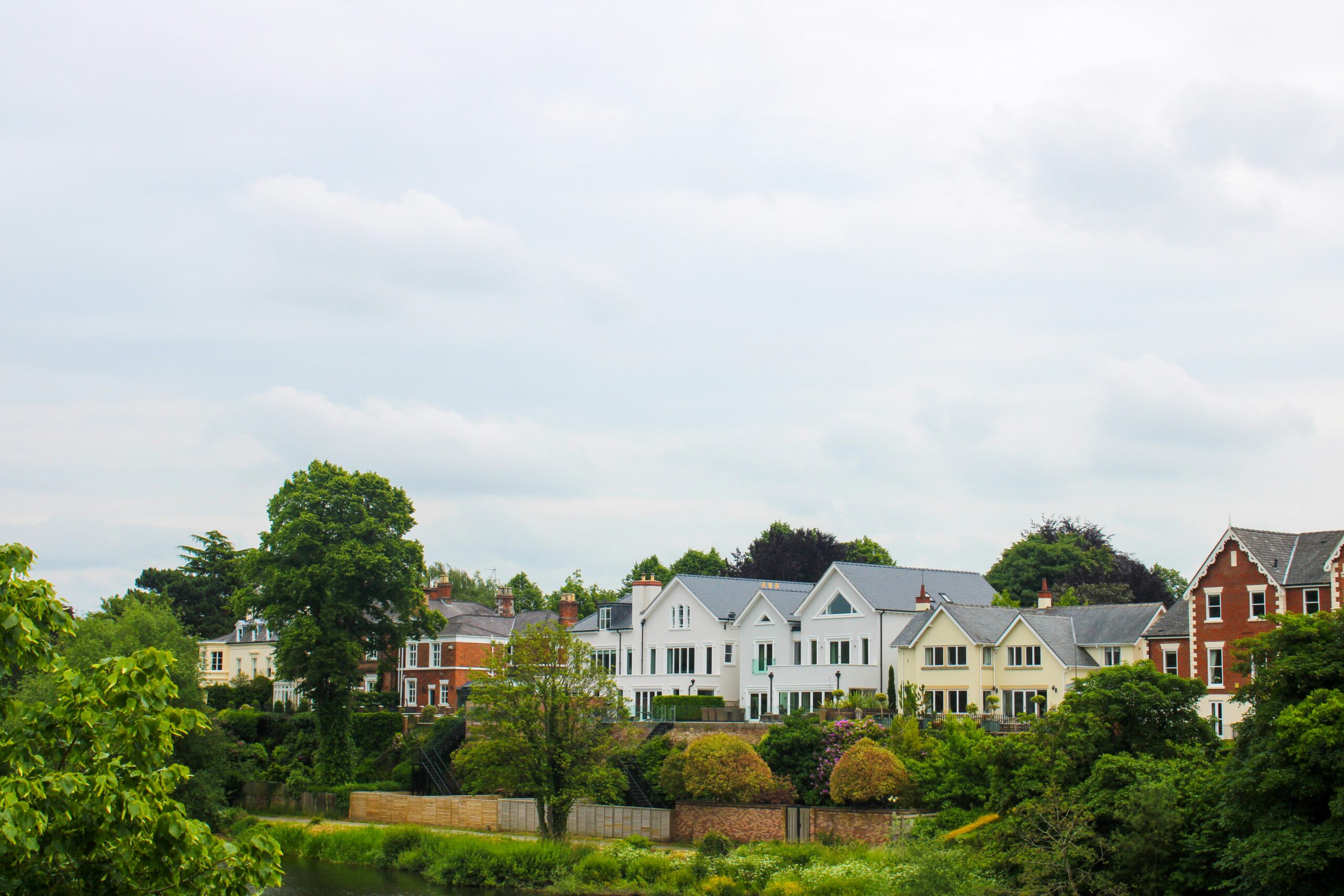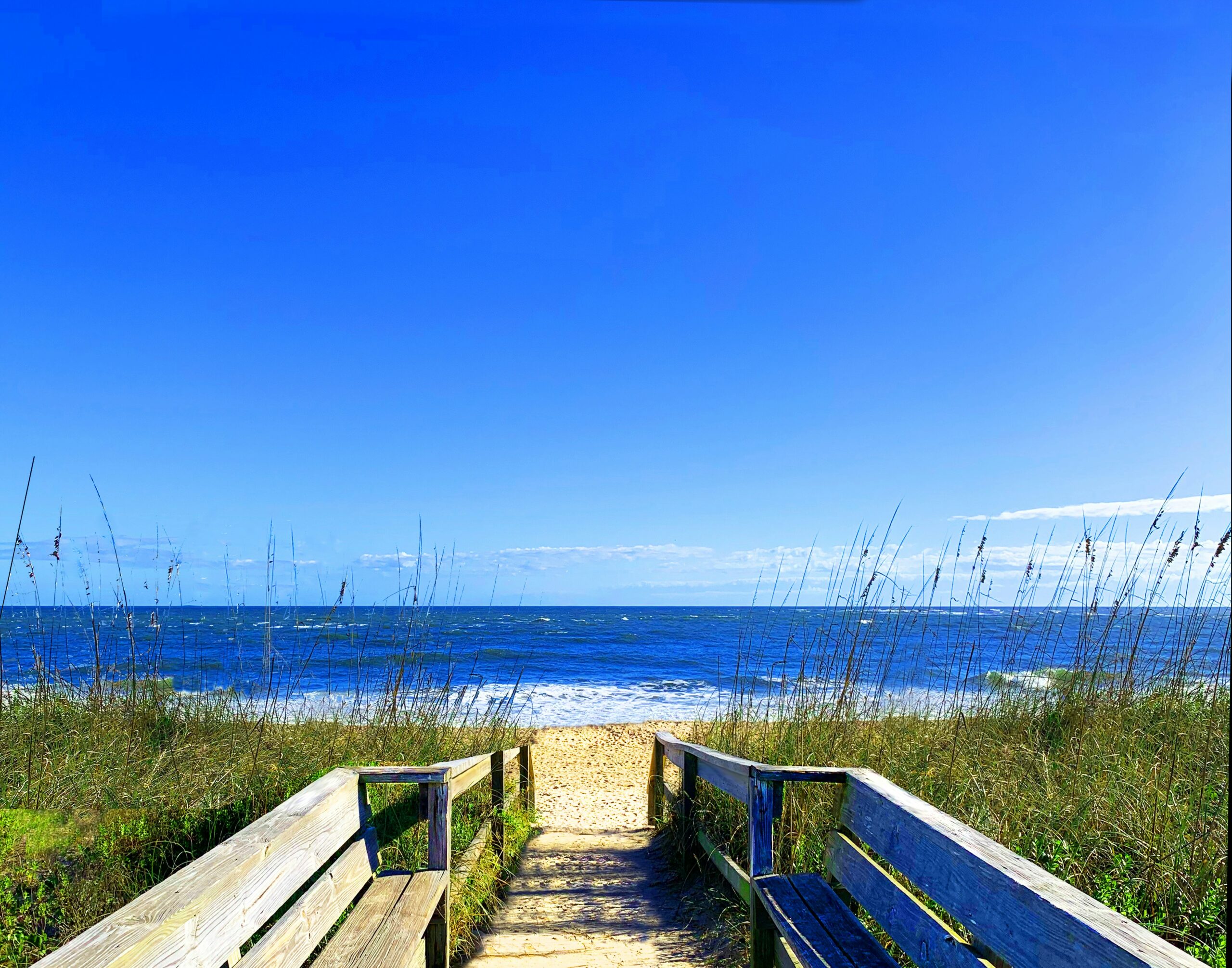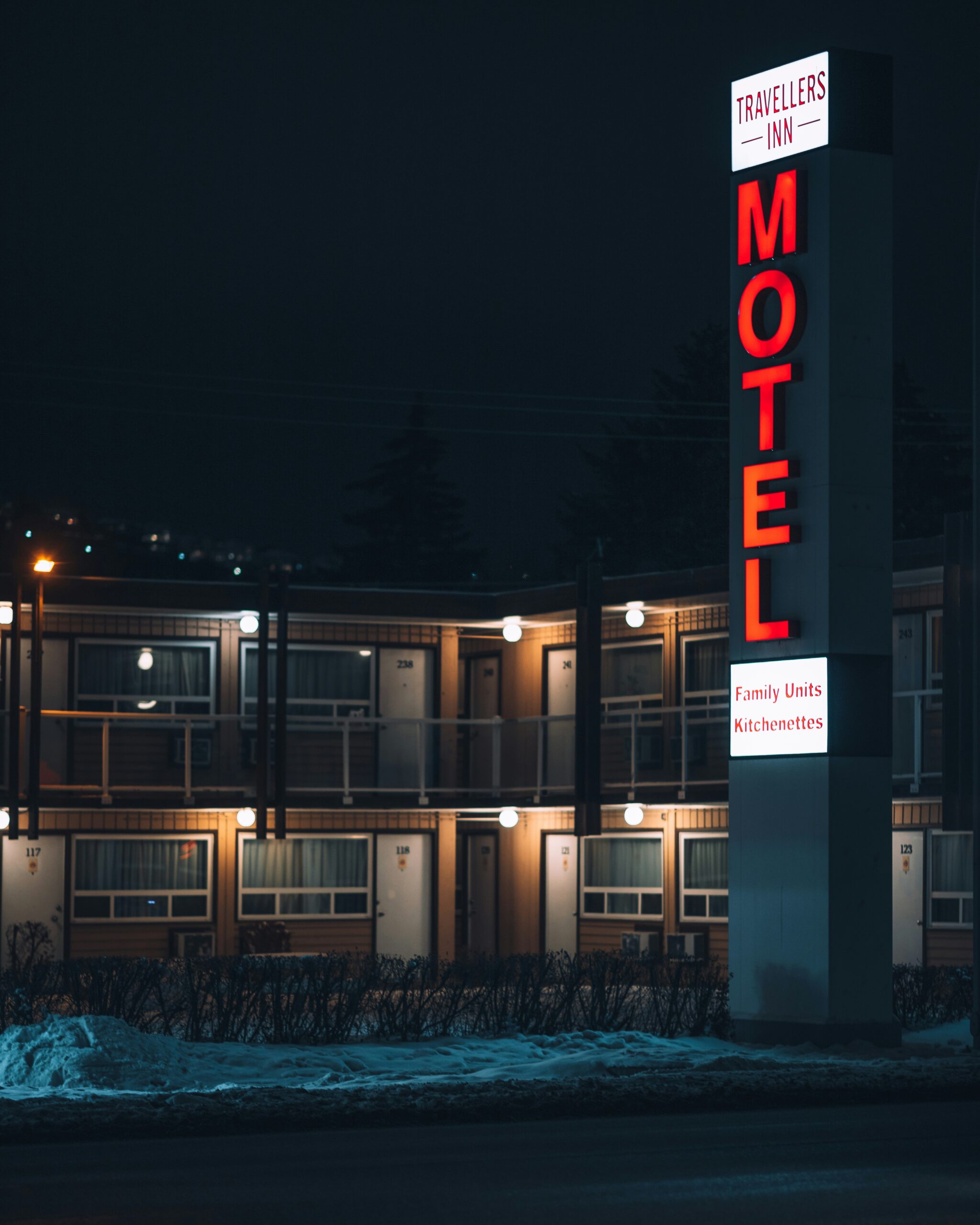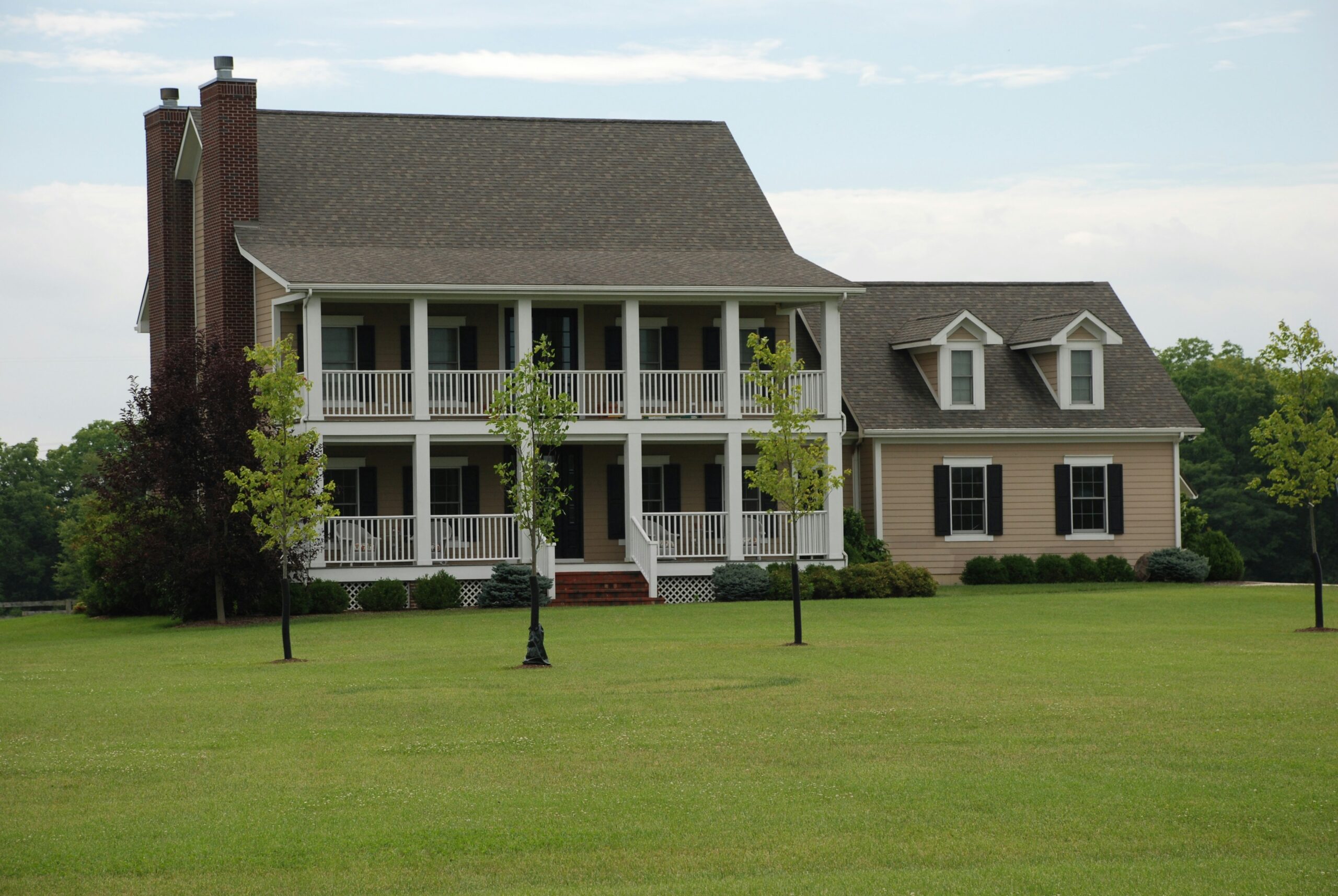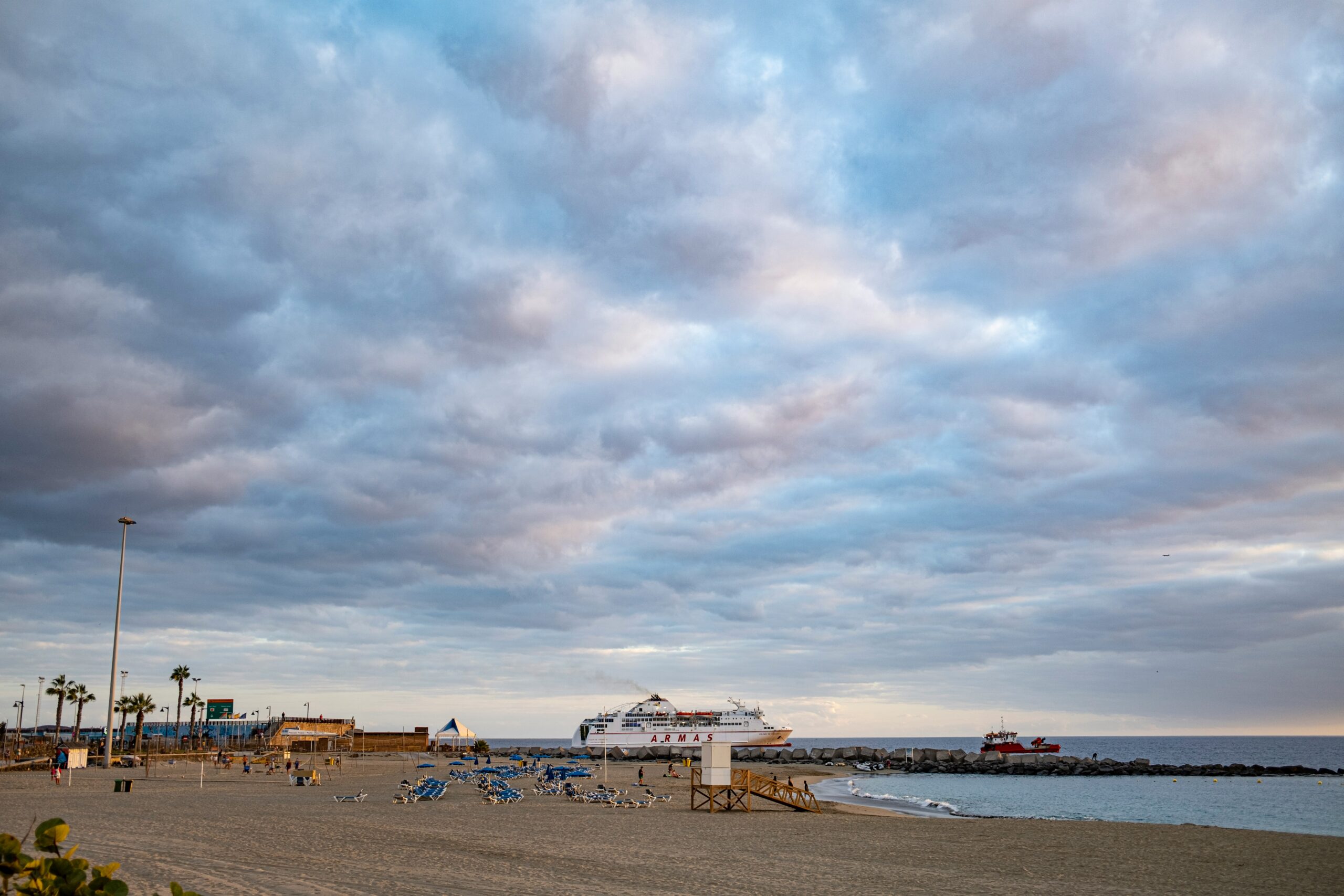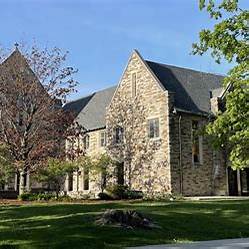Image credit: Unsplash
On November 21, the Long Island Association (LIA) East End Committee announced a novel agenda for advocacy throughout the eastern part of the continental island in New York (NY) State. During the meeting, the LIA unveiled a list of potential advancements and projects to enhance and improve life within the region.
The LIA Meeting Agenda
The committee was developed in April 2023 to supplement the LIA East End Business Support Program. At the Canoe Place Inn in Hampton Bays, the organization shared a list of goals this past November. About 80 attendees, including Long Island (LI) officials, listened to a panel as they discussed obstacles and opportunities for the economy and industries within the East End. The conversation covered agriculture, aquaculture, hospitality, tourism, viticulture, and more.
The committee hopes to introduce affordable housing, reduced guidelines around packaging for the farm industry, smoother permitting for agricultural resources, and increased service and development for EPCAL (Enterprise Park at Calverton) buses.
The LIA president, Matthew Cohen, also stated that the committee wants to advocate for and support LI residents in their business endeavors. “That’s why we formed this committee,” he noted.
Why Does Long Island’s East End Need an Advocacy Agenda?
On the same day, the LIA shared their East End plan, and Cohen introduced an advisory group to boost business and life in eastern LI. “There are a lot of issues that overlap between what’s happening on the East End and the entire region,” he continued. He also stated, “It was important to have an advocacy agenda exclusively focused on the east end of Long Island” due to its unique concerns.
Others on the panel explained how prioritizing the year-round economy in the East End is increasingly essential. They thought it valuable to analyze issues such as housing, regulation, tourism, traffic, transportation, zoning, and more closely.
Tora Matsuoka, a restaurant operator, the LIA’s committee co-chair, and Tip Top Hospitality partner, added that “this advocacy agenda is so important to many small businesses and large employers on the East End.”
The Advocacy Agenda Specifics
Rob Carpenter, the LI Farm Bureau Administrative Director, stated that 35,000 acres of Suffolk-bound farm production are responsible for $364 million in sales. The region also intrigues various significant events, drawing in tourists while requiring crowd management and offering business opportunities.
The East End advocacy agenda’s greatest goals include:
Agriculture
The East End agenda discussed steps to decrease environmental threats, labor shortages, regulatory hurdles, and zoning concerns, supporting industries like wine, viticulture, aquaculture, and agriculture. The advocacy plan outlined initiatives such as agritourism, processing, and zoning for farm expansion.
The committee hopes to encourage LI businesses to source their products locally from East End producers, guided by programs like Grown on Long Island from the Long Island Farm Bureau.
Business Growth
John Ryan Celiberti, the 2026 US Open manager at Shinnecock Hills Golf Club of the United States Golf Association, stated that significant events like the American-bound Open could boost East End business. The committee plans to support businesses by redeveloping EPCAL.
They also aid initiatives from Discover Long Island to build a year-round marketing solution.
Environment
The LIA hopes to support sewage treatment and water infrastructure funding to improve the East End’s environmental affairs. This endeavor could include implementing the Suffolk County Clean Water Restoration Act, which LI voters approved in November 2024.
Additionally, the committee wants the region to receive funding from the 2022 NY State Environmental Bond Act while encouraging financial backing for eelgrass and seagrass restoration to stabilize the seabed and protect against storms.
Housing
As LI faces a shortage of available and affordable housing, the LIA seeks to reform zoning laws and increase the number of homes offered to young and independent residents rather than prioritizing single-family households.
According to the committee’s printed plans, “This approach has proven successful in revitalizing areas like downtown Riverhead and can help address the need for affordable workforce housing in essential sectors.”
Transportation
Alongside enhancing access to affordable housing, the LIA wants to improve public transit. So far, two proposals have been made: Second Track east of the Ronkonkoma Branch and the South Fork Commuter Connection. The committee explains how these initiatives “would enhance rail service, reduce congestion, and provide reliable transit options for residents and visitors.”
The LIA also plans to expand bus services and hours, increasing frequency and reliability.
Workforce Expansion
Last but certainly not least, the LIA committee showcases plans to support employee recruitment and retraining. Agriculture, education, healthcare, and tourism need higher worker retention rates. The panel believes this issue could be “due to high housing costs and lengthy commutes.”
As a result, they aim to strengthen and lengthen workforce training programs spanning East End institutions like BOCES, Cornell Cooperative Extension of Suffolk County, Stony Brook Southampton, and Suffolk County Community College.
East End Long Island’s Future With the LIA Advocacy Plan
The Long Island Association committee boasts many ambitious aspirations for the East End of LI. With the holidays on the horizon, this is a perfect time for the board to make a list of resolutions and wishes to better the lives and businesses of residents as the community heads into a new year.







































